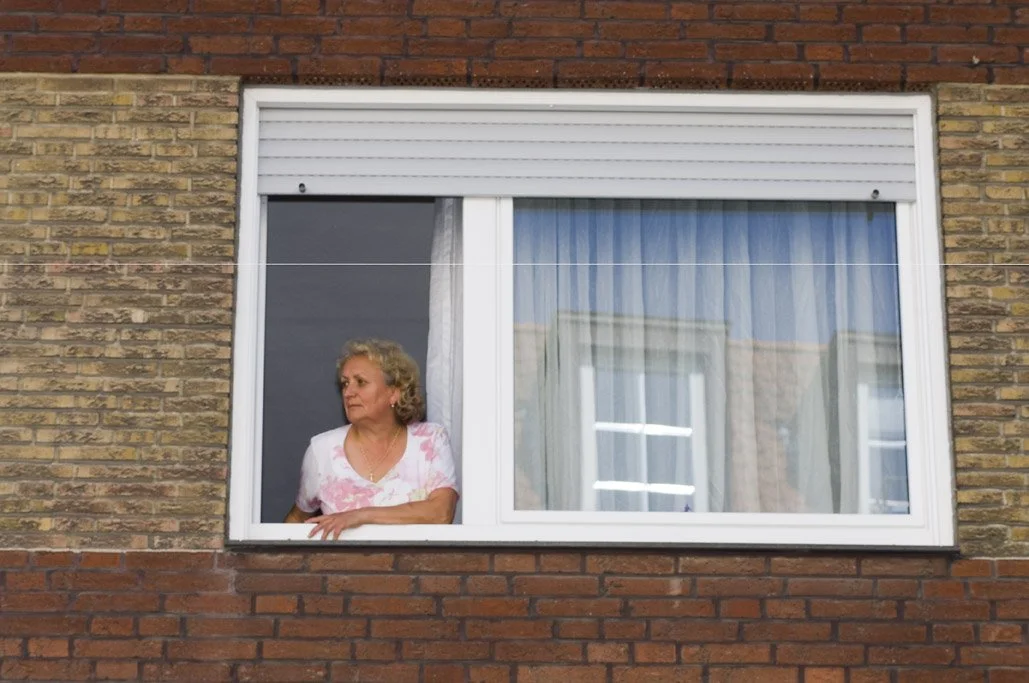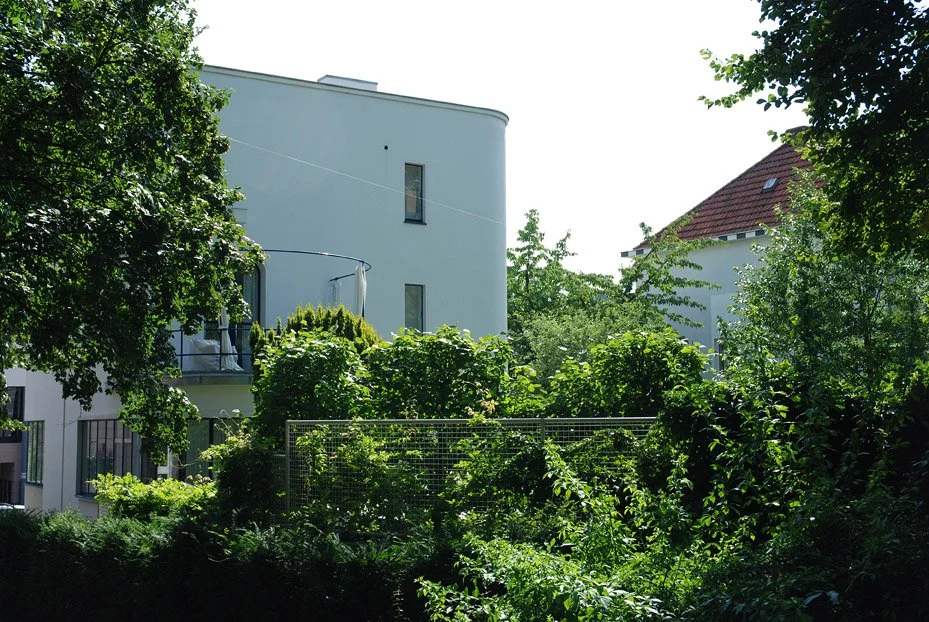Skulptur Projekte Münster 07
Zone, 2007
After 30 years of continual thematic focus on contemporary art in public space, the curators and artists of the 2007 edition revisited the question of the topical relevance of the Skulptur Projekte format. The fourth exhibition in a row was in many respects also a review. In comparison with the now global presence of art biennials and triennials, or even the documenta in Kassel, Münster’s extended ten-year rhythm assumes particular importance, causing Brigitte Franzen to coin the term “long-term study.” In 2007, altogether 36 artists contributed projects to the exhibition, which received broad international attention. Many of the artists were participants from earlier editions of Skulptur Projekte. Film, video and performance works were given greater prominence in the exhibition than in previous decades. In parallel with skulptur projekte münster 07, Brigitte Franzen curated a first archival exhibition on both floors of the Landesmuseum’s atrium. This first display of archival material was the starting point for the following presentations of the Skulptur Projekte Archives’ collection.
In Münster, Mark Wallinger delineated a zone whose centre was marked by a bronze disk with the inscription “centre of the ZONE”. The bronze plate was placed on a traffic island close to the LWL-Landesmuseum für Kunst und Kulturgeschichte. On a city map he traced a circle around this point with the aid of a coffee cup. He then transferred this zone onto the city itself by means of a 5-km long cord that he stretched at a height of 4.5 metres between buildings and 15 metres above the Aasee. The cord created a partially visible boundary between the space inside and outside the zone. With this, Wallinger was alluding to ways of physically experiencing thresholds: for instance, the Talmud instructs that by communally sharing an “eruv”, a bread, one can define an enclosure as a real or symbolic space in which on Sabbath certain prohibitions are set aside. The cord visualised boundaries between communities of different faiths and identities, and with divergent rules.
A further defining aspect of Wallinger’s project was prompted by new legislation introduced in Britain in 2006, the Serious Organised Crimes and Police Act.1 This law included a provision banning unauthorised protest within a delineated exclusion zone, public space in which the police were granted clearly extended discretionary powers. In this manner, Wallinger sought to negotiate the various interpretations of defined spaces and the public realm.
Elena Winkler
1 Mark Wallinger, “Zone”, in: Brigitte Franzen, Kasper König and Carina Plath (eds.), sculpture projects muenster 07, exhib. cat. LWL-Landesmuseum für Kunst und Kulturgeschichte, Münster, Cologne, 2007, p. 258.
You can find further information about Zone 2007 on Skulptur Projekte website.





